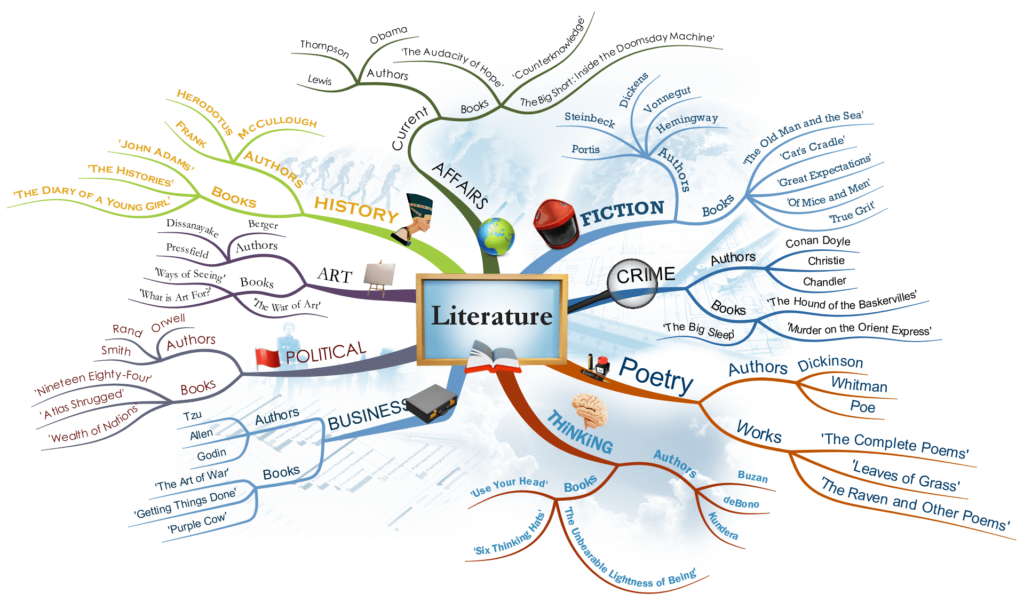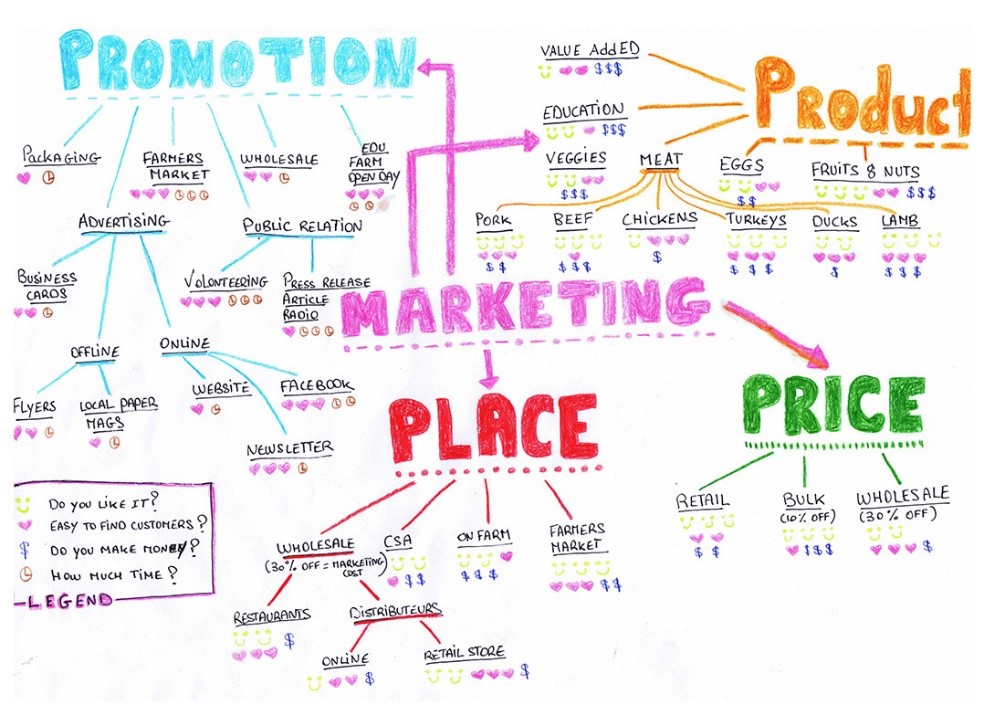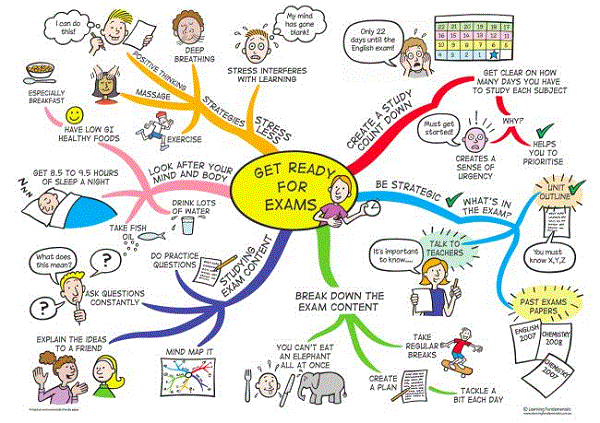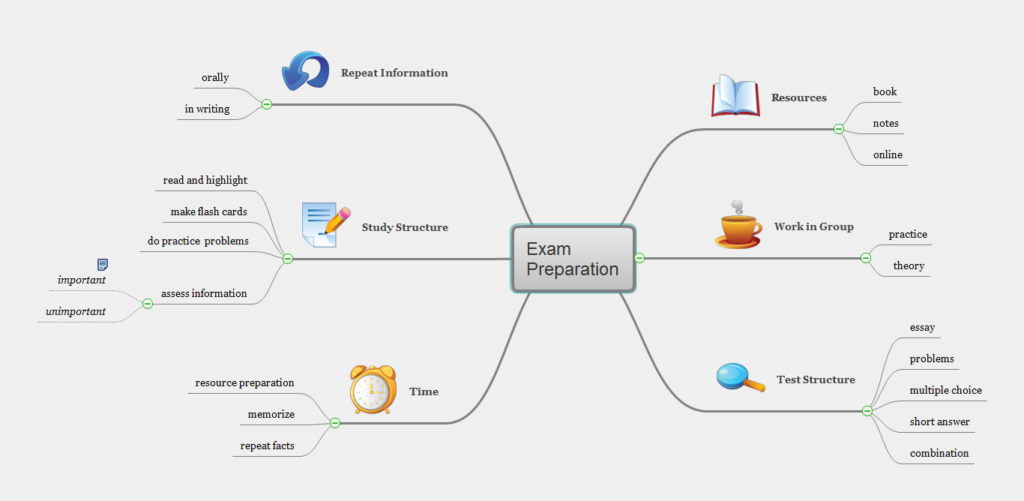Mind-maps : Connecting the branches

What is a Mind-map?
A Mind-map is a diagram which enables one to visually organize information.
Information is available in diverse forms for consumption and is not necessarily an organized body of knowledge.
It is often created around a single concept, drawn as an image in the centre of a blank page, to which associated representations of ideas such as images, words and parts of words are added. Major ideas are connected directly to the central concept, and other ideas branch out from those major ideas.
Mind-map is a powerful tool used to build together the distinct and separate pieces of a Jigsaw puzzle.
This tool was introduced to me by my teachers, professors and mentors who have re-affirmed my faith in the idea of self-learning. Whatever I might have learnt or acquired knowledge about fructifies by way of simple and innovative tools such as mind-maps. At the end of the day, I am able to encapsulate everything that I might have learnt, as branches of a tree that are connected to the root (the concept) and I am able to share the story with someone who knows nothing about the concept!

Origin & Parallels:
Although the term “mind map” was first popularized by British popular psychology author and television personality Tony Buzan, the idea of defining the relationship between the various concepts in a network can be traced to “ semantic network”. Semantics is the linguistic and philosophical study concerned with the relationship between signifiers—like words, phrases, signs, and symbols—and what they stand for, their denotation.

Applications:
Mind-maps are powerful tools used for effective decision-making right from an exam preparation strategy to a brain-storming session on the most innovative campaign to propel the market share of an organization. A simple and powerful tool for decision making; it entails one to just draw the different branches of a tree and trace its connection to the roots.
Mind Maps are useful for:
- Brainstorming – individually, and as a group.
- Summarizing information.
- Taking notes.
- Consolidating information from different sources.
- Thinking through complex problems.
- Presenting information clearly.
- Studying and memorizing information.

Exam Preparation:
Mind-maps have been identified as effective tools for learning. Preparing for an exam is obviously an organic process wherein preparation does not begin 24 or 12 hours prior to exam. One cannot expect to do wonders by just burning the midnight oil and cracking some last minute smart code to ace the exams.
Learning begins at the beginning of the academic year or term and is an ongoing process. Mind-maps are useful here because one is able to represent whatever or how-much-ever he or she might have learnt by simply drawing the branches that lead you to the concept tree.
Starting from which subject to the portions for study to the concepts and sub-concepts , mind-maps would be perfect snap-shot of what one needs to learn before the exam . And mind-maps are distinctly visualized and represented by each one that only that person is able to understand as it upholds the belief in
“ To each his own” concept because for each person his or her own mind-map is the best tool that aids his or her preparation.
In fact it would be the best way to steer clear from peers who drain down one’s confidence levels and trigger anxiety in the pretext of asking doubts or creating chaos at the last hour before the exam.

Tips:
Tony Buzan*, a popular psychology author, suggests the following guidelines for creating mind maps:
1. Start in the center with an image of the topic, using at least 3 colors.
2. Use images, symbols, codes, and dimensions throughout your mind map.
3. Select key words and print using upper or lower case letters.
4. Each word/image is best alone and sitting on its own line.
5. The lines should be connected, starting from the central image. The lines become thinner as they radiate out from the center.
6. Make the lines the same length as the word/image they support.
7. Use multiple colors throughout the mind map, for visual stimulation and also for encoding or grouping.
8. Develop your own personal style of mind mapping.
9. Use emphasis and show associations in your mind map.
10. Keep the mind map clear by using radial hierarchy or outlines to embrace your branches.

As we conclude, here are a few pointers to prepare an effective mind-map.
Using Mind Maps Effectively
Once you understand how to take notes in the Mind Map format, you can develop your own conventions for taking them further. The following suggestions can help you to get the most from your Mind Maps:
- Use Single Words or Uncomplicated Phrases – Keep things simple. In Mind Maps, single strong words and short, meaningful phrases can convey the same meaning more potently. Excess words just clutter a Mind Map.
- Print Words – They will be easier to read than joined-up or indistinct writing.
- Use Color to Separate Different Ideas – Color can help to show the organization of the subject. It can also make your Mind Map a more appealing document and help you to visualize the different sections of your Mind Map for future recall.
- Use Symbols and Images – Pictures can help you to remember information more effectively than words, so use symbols or pictures that mean something to you, use it.
- Using Cross-Linkages – Information in one part of a Mind Map may relate to another part, so draw lines to show these cross-linkages. This will help you to see how one part of the subject affects another.
Conclusion:
Although it may seem like a daunting task to pull out coloured pens, papers and other stationery from one’s closet and create one’s own pattern to encapsulate something, from a personal standpoint, this exercise has been extremely useful and rewarding.
As a student I didn’t have to go through my textbooks again in the last few hours before an exam as I had everything literally stacked up as branches to the concept tree in my mind-maps.
In short there is not a “One size fits all” approach to mind-map. Mind Maps are also good for refreshing information in your mind. When you commit the shape and structure of a Mind Map to memory, you can often get the cues you need to remember the information it contains just by glancing quickly at the Map.
—
Author






